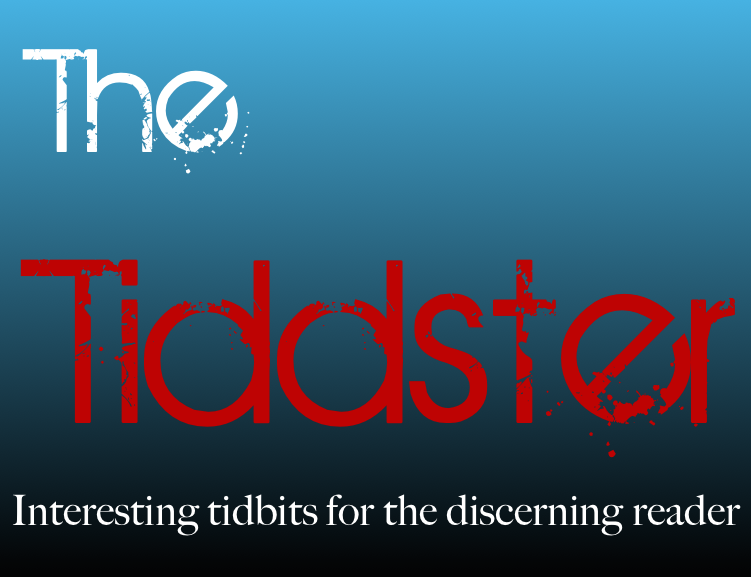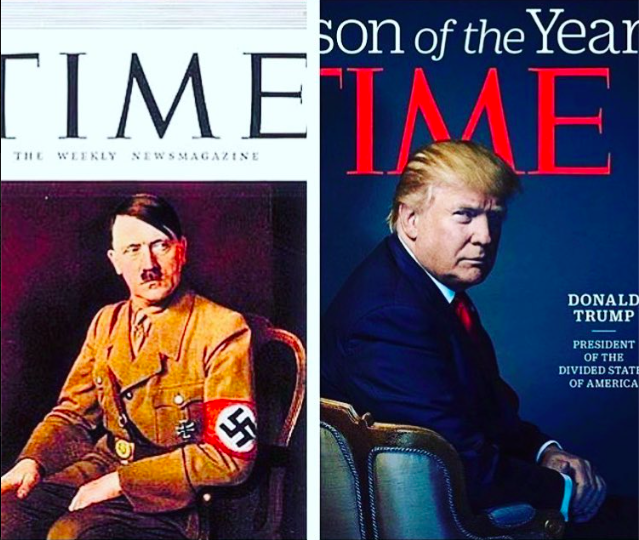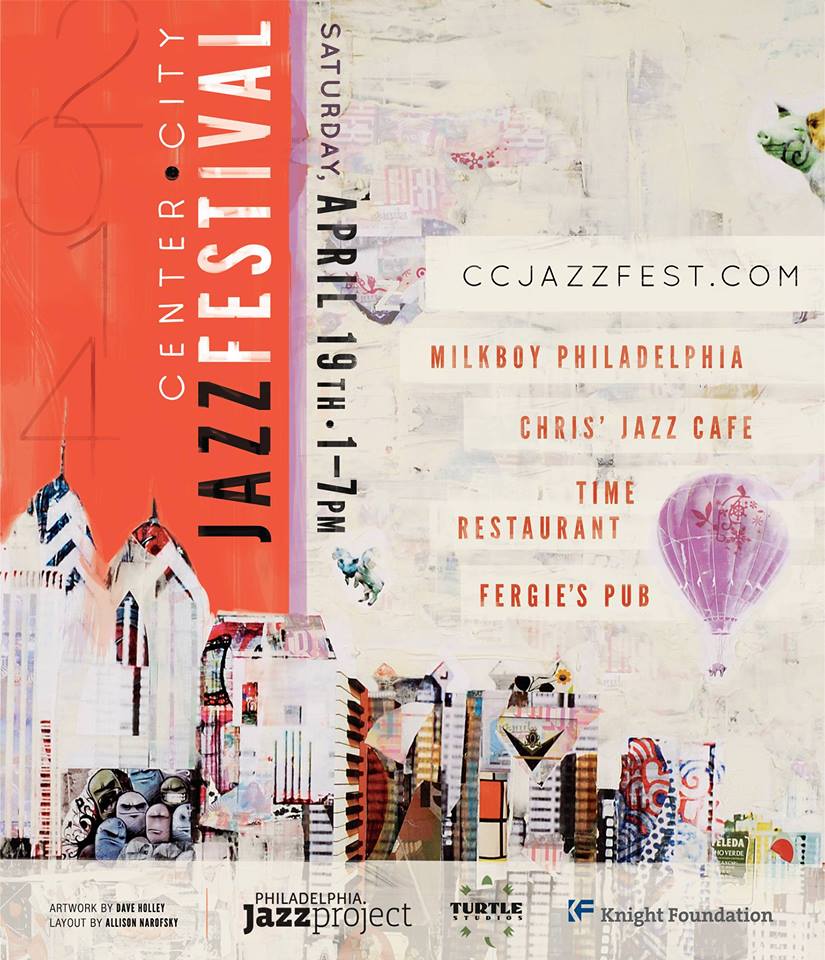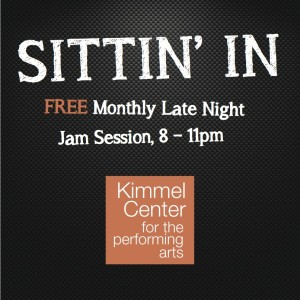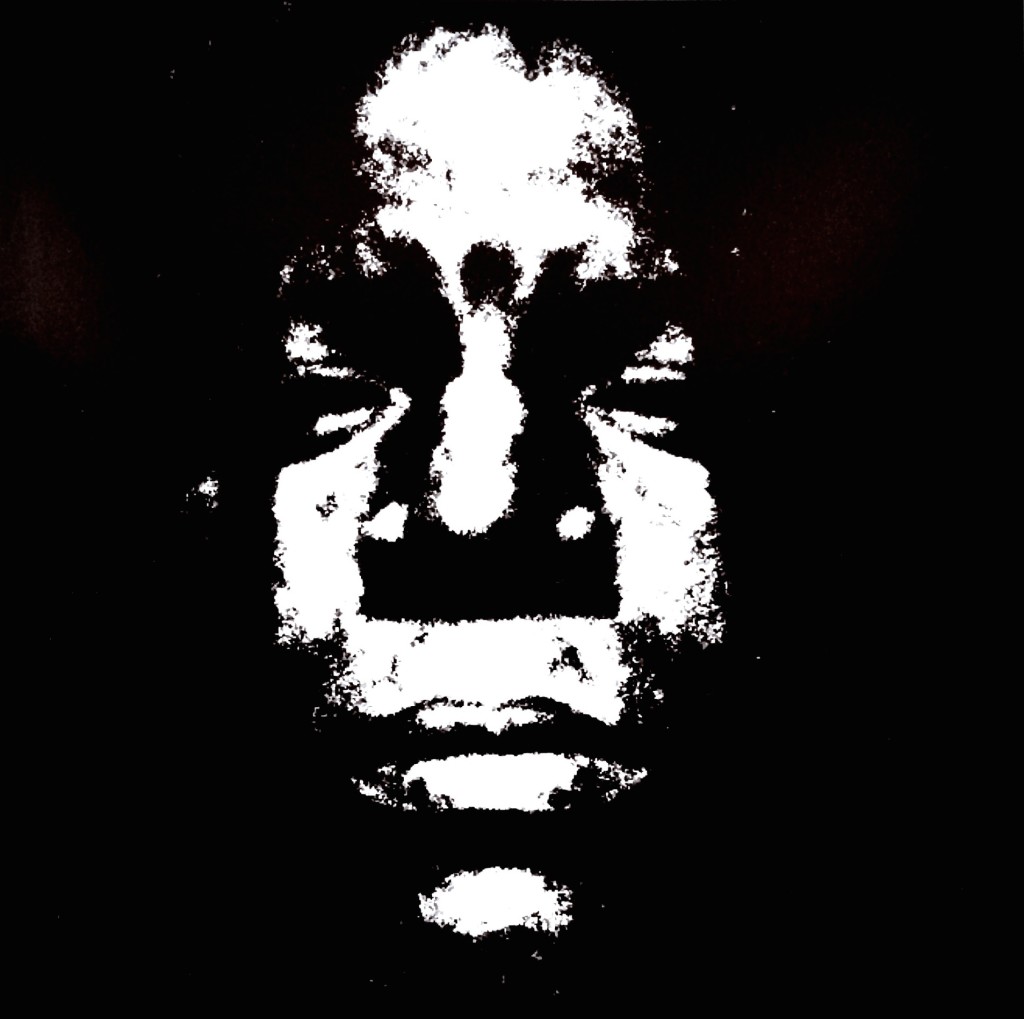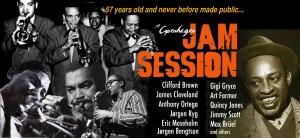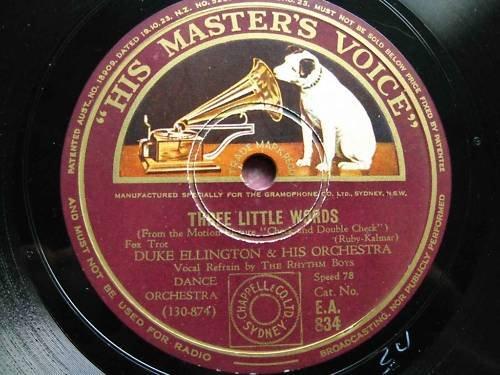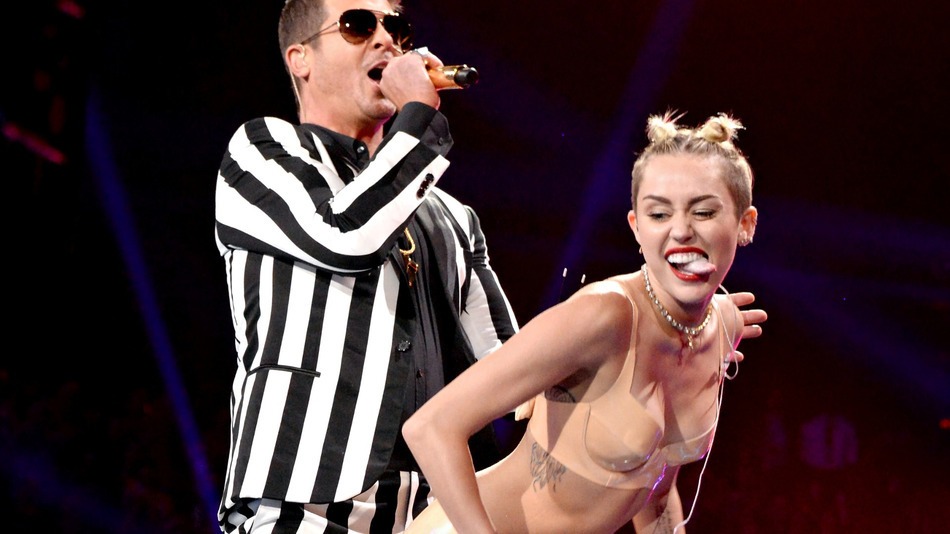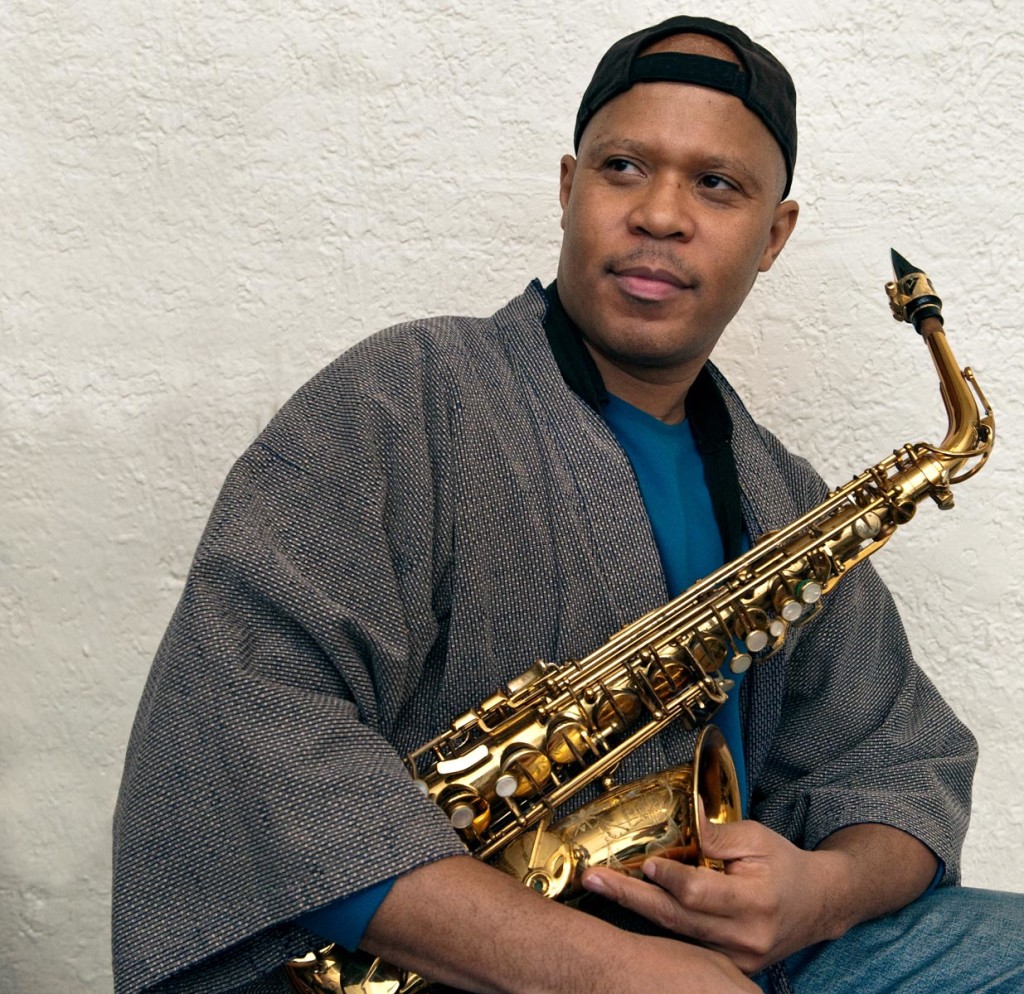
Prelude: Throughout the majority of the time that we have existed on this planet, we have utilized the process of mentoring as our primary means for the intergenerational transfer of information, otherwise known as education. Long before, and even after books, schools, colleges and universities came into being, the most efficient and complete means of transferring information, experiences, knowledge, customs and even culture itself was via direct contact. For those customs which involve a high level of intuition (which I actually consider to be a high form of sub-conscious logic) direct contact, or osmosis is still the most efficient method.
Today if we find two groups, communities, cultures or even entire civilizations that share similar customs and traditions, beyond those which are just the results of “human nature”, it is wholly because, at some point in history, these peoples either spent time together, or they had a common ancestry.
Naturally, parents are the first teachers of any student. The relationships of Parent-Child, Mentor-Mentee, and Master-Apprentice are all based on this most ancient form of education, through which the essence of any culture is passed down from one generation to the next. Without this process the development and rise of advanced civilizations would not be possible.
Unfortunately, in many of today’s societies all of the above processes are in decline. Formal education is now preferred over apprenticeship, mentorship and sometimes even parenting! The focus is now on standardized testing and education, where millions are taught and evaluated in exactly the same manner, with an ever increasing narrow focus on “specialization” as they advance within their area of expertise. First hand experience is no longer required in order to teach.
In my opinion, writing, books, audio-video recordings, etc are great tools, and these tools all have their individual and appropriate uses, but within any discipline, where humans have achieved an extremely high level of sophistication, there can be no substitute for meeting and spending time with those who have mastered said discipline. All other forms are incomplete and fall short.
Music is no different! Each new generation of master musicians build on the contributions of the previous. These contributions are most effectively taught via some sort of exposure to the masters themselves. The efficiency of this method is directly related to the degrees of separation between master and student.
I have been lucky enough to meet a few great masters throughout my musical education. Knowing first hand the value of these experiences, I thought it would be a great idea to interview one such great master, recent Guggenheim recipient, and modern day compositional/saxophone genius, Steve Coleman.
The following is an edited transcript of a conversation that I had with Steve around a month ago. As you will see, I spend most of my time listening, as all students should.
I asked this “Jazz Master” six questions, which I’ll be publishing here as six separate articles over the coming weeks. Here is the first;
Tidd: Steve, it’s no secret that you have been a major musical influence on me since a very young age. I was first introduced to your music at age 14 by a good friend of mine, Steve Williamson, in London.
Williamson, who was the most prominent saxophonist in London at the time complete with; major record deal, cellphone (it was the first I had ever seen), brand new white convertible VW Golf, impeccable attire and all manner of gadgets, was like a God to 14 year old me…..
As I boarded the red double-decker number 276 bus to Hackney to meet him at a local jazz club, to say I was nervous would be a major understatement. My manager at the time, Mike Joseph, had set up the meeting.
That meeting with Steve Williamson was the first time that I would ever get to speak to a professional “jazz” musician. I had never heard of Bird, Rollins, Von Freedman, Sam Rivers, Henry Threadgill or Steve Coleman. My personal knowledge of so called “jazz”was pretty sparse, to say the least, but surprisingly I still considered myself a “jazz”musician…..
The meeting was simple. We meet at a smokey crowded Jamaican jazz club/restaurant in Hackney town that I was too young to be in, but they let me in anyway.
Williamson’s first words to me were, “Yo, so I hear you are the man on bass? Have you ever checked out symmetry? You know….M-Base! Steve Coleman and the Five Elements! I looked at him as though he were speaking Swahili.
He reached into his designer leather backpack and pulled out one of his gadgets and placed it on the table next to his tiny (at the time) N.E.C cellphone. The gadget was a CD Walkman. I had never seen a CD, let alone something portable capable of playing one! He handed me the headphones and pressed play.
To say the next three minutes were an enlightenment would be a gross understatement. There are those rare moments in life where one can be completely captivated and incapacitated by music, where the music is all that matters in the world at that moment, and where all the hairs on the back of your neck stand up. This was one of them!
Williamson played song after song from the “Black Science”album, as I sat there with my mouth open….occasionally muttering swear words under my breath….
I was on such a high that I walked the 5 Miles back to my house (I missed the last bus home) trying to decrypt the music and conversation that I had just heard. In truth I had understood nothing, but that meeting would define and shape my pursuits over the next year.
Steve, what was your first experience of meeting a professional musician like?
Steve: There were many musicians that I met coming up. I thought they were professional at the time, but I realized later that some of them maybe weren’t quite professional….Depends on what you mean by professional. When you’re younger and people are better than you, then everybody impresses you!
The first cat who I met, where I realized that I was listening to a musician somewhere near the top, was Sonny Stitt. There were cats that shocked me before that…..simply because I was sad, so there’re a lot of shocks in store for a sad cat (laughs), but when I met Sonny Stitt, it almost seemed unreachable! It seemed like that was really the top!
By this time I was listening to records, so I knew what guys like Charlie Parker, Sonny Rollins and guys like that sounded like. When I met Sonny he sounded like them, but in person! So that was a shock!
I had never met anybody who sounded like a record, just….you know….getting up outta bed! (laughs) The cats I knew sounded good, but they didn’t sound like the records, and he was the first cat, to me, that sounded like the recordings….that sounded like guys who were dead!
I viewed Charlie Parker n’them as the top of the mountain, so to meet somebody who sounded like that, (later on I met other guys, Rollins, and different cats), and to talk to him, and hang around him, and see what he was like…..and, he didn’t just sound like them, he knew all of them! He loaned his horn to bird, he made records with Rollins, he knew ‘Trane, so…..that was like a shock!
Hearing him with a band was one thing.… I had this idea that when guys played with bands, they were only that good because they were playing with a band. I don’t know what made me think this. But, one day I went to his Hotel room. It was called Robert’s Motel, which is where he use to always stay on the south-side when he came to Chicago.
I went to his room early, and you know, musicians sleep late….as I do now (laughs)….and so I woke him up. He was a cat that drank a lot, and so he had all this Vodka on his breath. He woke up, looked at me and said, “Gimme your horn boy!”. I was like, ah man (I was squeamish even back then). This cat’s waking up, vodka breath, didn’t even brush his teeth, and he just wants to get up outta bed and play MY HORN, with MYMOUTHPIECE, and MY REED?! I was like, ah man that’s really out! But I was who I was, and he was who he was, so it wasn’t like I was gonna say, “No!…….Mr. Stitt” (or somethin’ like that). So, I gave him my horn. I was cringing all the way!
He took the horn, and he started playing. It was a bad horn! Bad setup, student mouthpiece, student reed, student horn…you know…just bad all ‘round! He played it, and to my ears he sounded just like Sonny Stitt. Now I’m sure to him it was horrible, but to my ears he sounded just like Stitt. Not only that, I heard the whole band when he was playing (he was improvising). I heard the melody, even though he wasn’t playing it. I heard what tune he was playing. It was like I could hear the bass, the drums, everything, ‘cause he was playing so strong, it was like the whole band was there with him! It was really really solid! Time was solid, you could hear the different harmonic and melodic paths he was going down….everything! I didn’t even know what all that stuff was back then, but I could hear it all….you know? I knew what he was playing. I was like, Damn!
Then he gave the horn back to me. I looked at the horn, and the first thing I thought was, “Well….Clearly that’s not the problem!”(laughs), because he just played the same horn and it sounded great! Then when he gave it back to me it went back to sounding like it normally sounded…So, I was like, okay I can’t use the instrument as an excuse, I can’t use the band as an excuse, I can’t even use waking up as an excuse! This cat just woke up out of a stupor, probably half drunk, and he sounded great! So , all of those things to me just became excuses, because I just saw a guy go through all of that….you know…with a KNIFE (laughs), and play and sound great!
And so, I realized then, that’s the goal! To be that solid. To be able to play by yourself, and have all the rhythm, and the harmony, and the melody inside of you.
Later on I met Von Freedman, and I would hear him “stroll”(which means to play by yourself). He’d tell the band to “lay out”(Von would holler ‘stroll’to the band, or in other words, ‘go take a walk’) and start strollingon a song like ‘Ain’t misbehaving’, ‘Cherokee’or whatever, and it was the same thing. He was just playing by himself and sounding really solid! I’ve heard other cats do it. I got a tape of ‘Trane playing by himself. Same thing! Really really strong, really really solid! Bird, same thing! Since then I’ve heard tapes of other cats playing by themselves, and there was always this same thing. Really strong, really solid!
There’s a record of Sonny Rollins playing with Sonny Stitt, and on one of the songs (this songcalled ‘I Know that You Know’, Rollins is playing “stop time”(the band play these stabs every two bars and he’s playing in between), and it’s really fast! Man…..You gotta hear this! You talking ‘bout SOLID! (laughs) Because….you know…there’s no band playing really. They’re just playing these stabs, and he’s playing everything in between!
Pshhh! I heard that, and I was like, I’ve got a looooooong way to go! This cat was doing this, and he was doing it at 27 (years old)! Man, unbelievable! Just killin’! And then Stitt came in with the band afterwards. He wasn’t doing the “stop time”, but he could’ve!
That’s when I realized what level this stuff was on. I’m just talking about the players…the improvisors. I’m not even talking about the music, the environment, the innovating and all. I’m just talking about playing. Period! You know what I’m saying?
I know professional cats today who can do that, who are not particularly creative, but who have that kind of strength, because this is a separate thing than the creativity. The thing about Bird and ‘Trane and those cats was that they could do it…AND it’s creative! So it’s liketriply(three times as) hard, because you have to have a concept to do it with!
But, there are quite a few cats on the planet who can do it, and Sonny Stitt was one of them. He was the first one I ran into. I wouldn’t say that Sonny Stitt was the most creative cat. He pretty much played the same way his whole life, but he had it DOWN (laughs)!
That’s the level that cats were on when they were at the top. Certain cats in the past had that kind of strength, Clifford Brown….I’m talking about cats who played rhythm….who knew how to play in time (that’s the first thing), but also who knew how to play rhythm!
Not everybody today plays rhythm. Without mentioning names, there are a lot of guys who are out here playing, whose styles don’t involve rhythm, or playing in time, or playing rhythmically. I’m not just talking about “8th note flow”, I’m talking about playing in time, and that could be anything from Maceo Parker to Sonny Stitt. But, not a lot of cats can play in time….well…there are a lot of cats who can’t…let’s put it that way……
The original audio recording of this segment can be found on the M-Base Ways website at, www.m-base.net.
#thetiddster.com @antiddote
